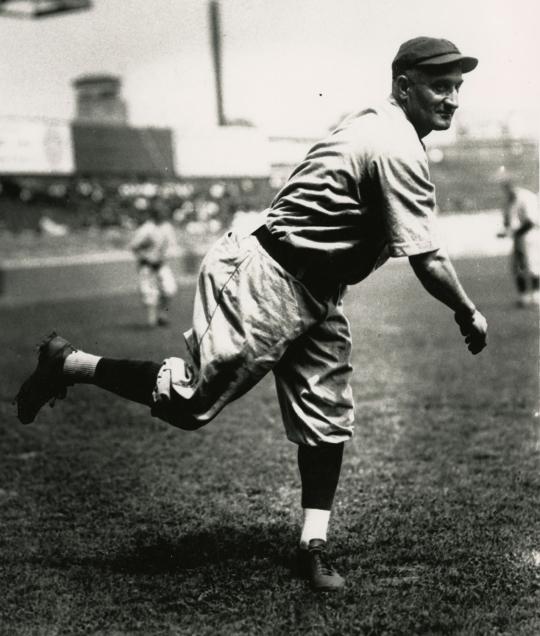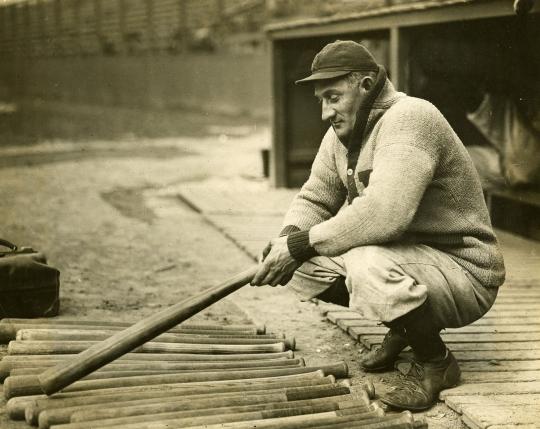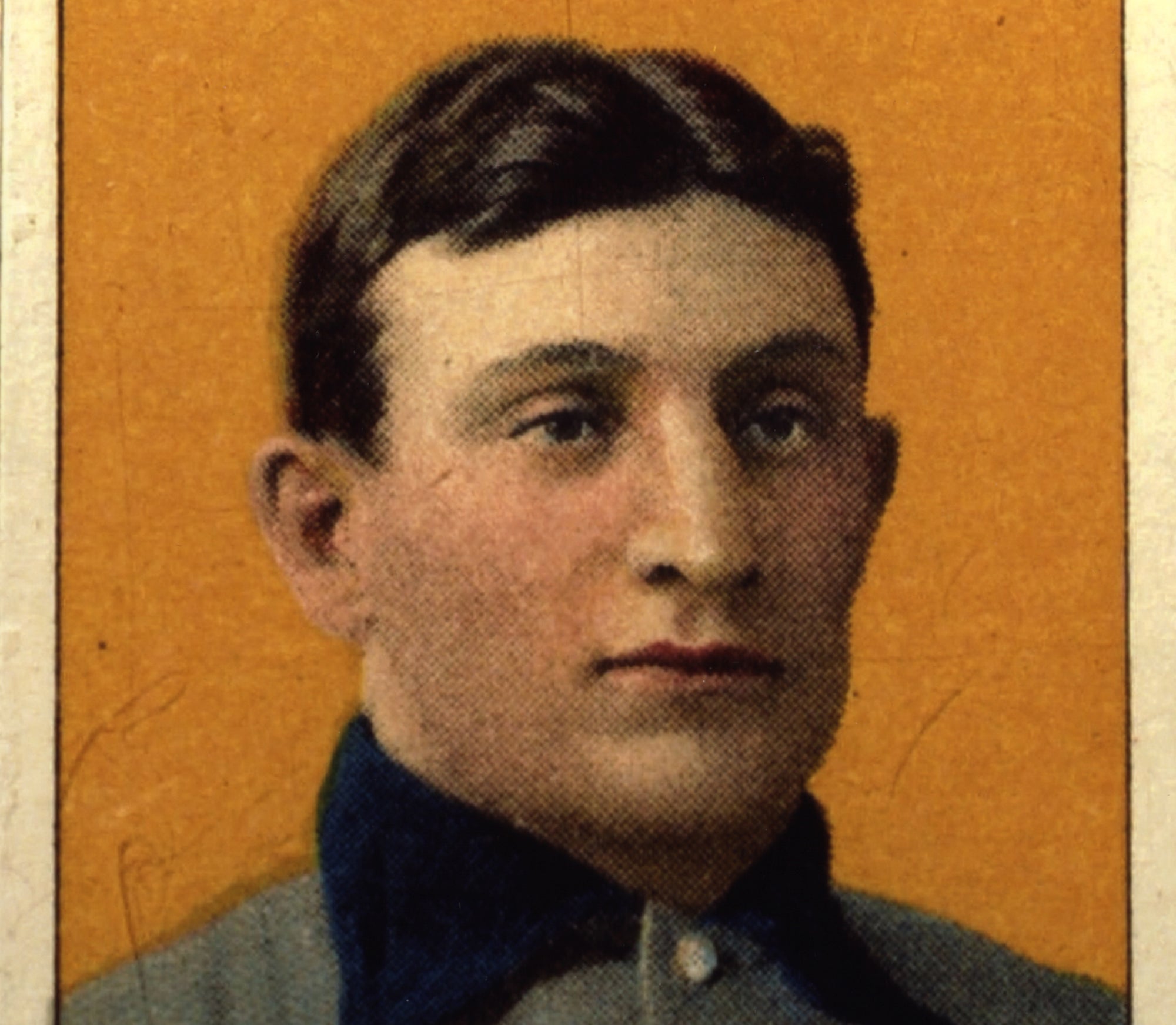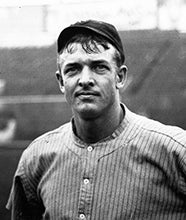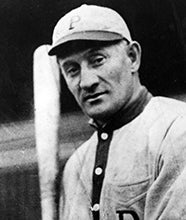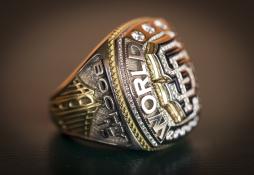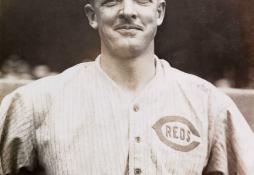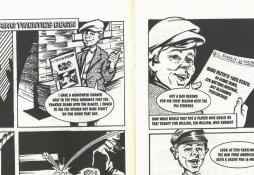- Home
- Our Stories
- Wagner taps into power to complete cycle
Wagner taps into power to complete cycle
On Aug. 22, 1912, facing the New York Giants and Christy Mathewson, shortstop Honus Wagner went 3-for-4 with a double, a stolen base and two runs, leading his Pirates to a 3-2 victory.
Little did the Giants know, Wagner’s outstanding showing was just a warmup for Game 2 of that day’s doubleheader. The future Hall of Famer, nicknamed “The Flying Dutchman,” hit for the cycle in the second contest, going 4-for-5 with four RBI, three runs and another stolen base to cap off a remarkable performance in the twin bill.
Pirates Gear
Represent the all-time greats and know your purchase plays a part in preserving baseball history.
Be A Part of Something Greater
There are a few ways our supporters stay involved, from membership and mission support to golf and donor experiences. The greatest moments in baseball history can’t be preserved without your help. Join us today.
Excellence was to be expected of the 38-year-old Wagner, whose average had climbed above .300 on June 17 and stayed there for the rest of the season. To that point in his career, he’d finished only one his 15 seasons hitting below .320. In the nine years prior, he’d won seven batting titles, led the league in doubles five times and paced baseball in steals three times, all of which cemented Wagner as one of the era’s most dominant hitters.
“Comment on yesterday’s game would be incomplete without some special reference to the work of the human wreck, Honus Carnegie Wagner,” wrote the Pittsburgh Press. “However, it is difficult to say anything about the big Dutchman which will impress itself indelibly upon the minds of the fans, so much has been written about him. Those who witnessed the games Thursday appreciate his work. He was the whole works.”
Wagner took care of the single, double and triple over his first four at-bats while also shining defensively – in the seventh inning he fielded a ball off his chest, caught the ricochet and fired to first for the out. He converted each of his five chances into outs after converting eight of nine in Game 1.
“Wagner was the sensation of the day, both in the field and at the bat,” recapped the New York Tribune.
With Pittsburgh trailing 8-5 in the bottom of the ninth, Wagner got one more opportunity to complete the cycle with a home run. Although three of his four home runs in 1912 had been inside-the-parkers, the one he’d muscled over the wall had come against New York’s Rube Marquard a month prior. And facing Marquard once again, Wagner had a shot.
Indeed, Wagner crushed a Marquard pitch well over the left-field wall and completed the fourth cycle of the 1912 season across the major leagues.
“His home run cleared the left field wall between the eleventh and twelfth posts from the bleacher line, wrote the Pittsburgh Press. “Take a peep at the spot today, and figure the distance. It was one herculean clout.”
The Pirates came up short despite the ninth-inning solo blast and fell 8-6, settling for a split in the doubleheader. Wagner, meanwhile, raised his average to .319 with the seven-hit day and went on to hit .324 for the season. He tallied seven home runs, 20 triples and 35 doubles, finishing second behind New York’s Larry Doyle in MVP voting.
Pittsburgh went on to win 20 of its 28 games in September but still finished 93-58 – 10 games behind the second-place Giants.
Wagner retired after the 1917 season and was one of the first five players inducted into the Hall of Fame in 1936.
Justin Alpert was the 2023 social media intern in the Hall of Fame’s Frank and Peggy Steele Internship Program for Leadership Development
Related Stories

#Shortstops: A Rarer Honus Wagner Card
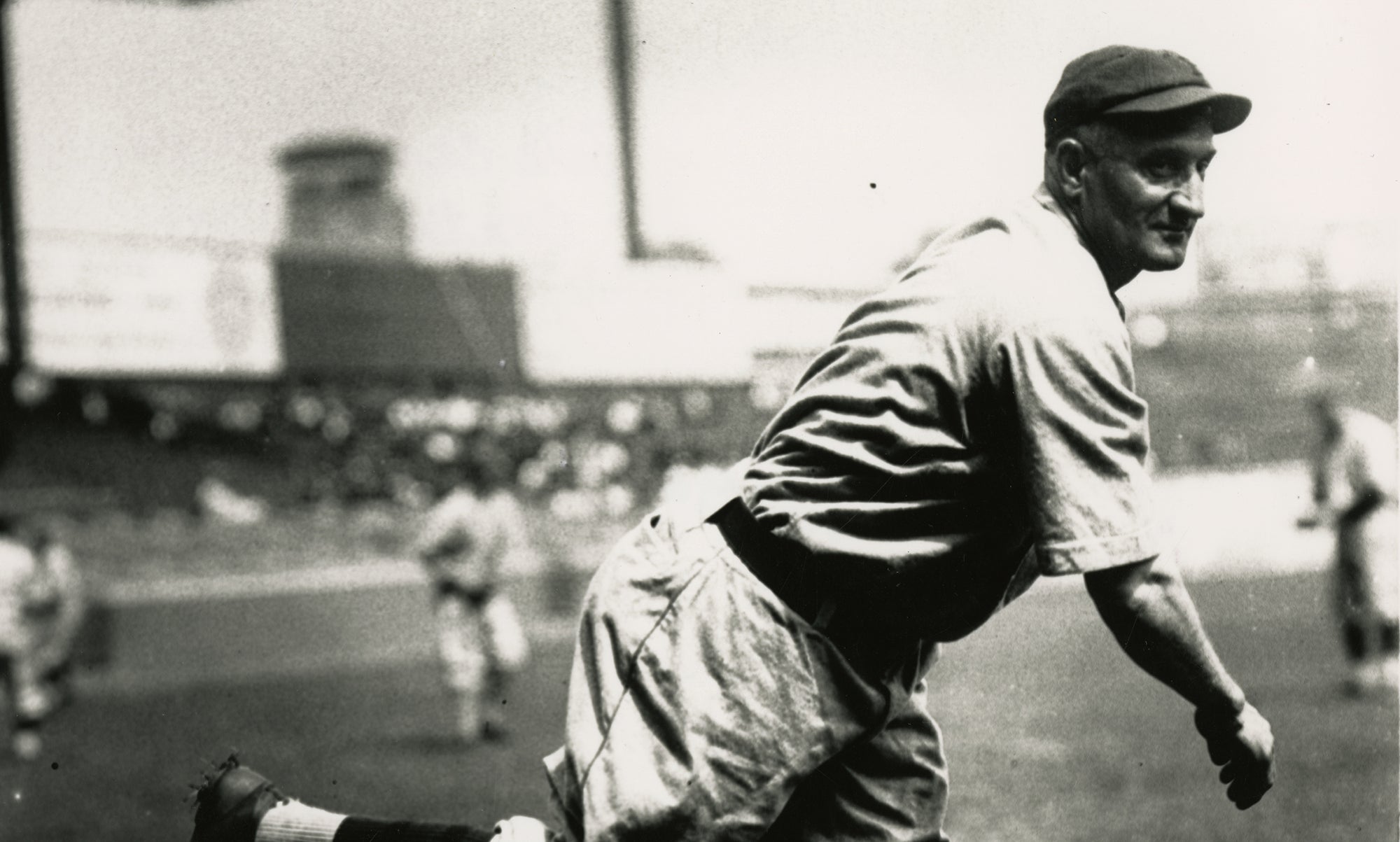
Wagner made history with 3,000th hit
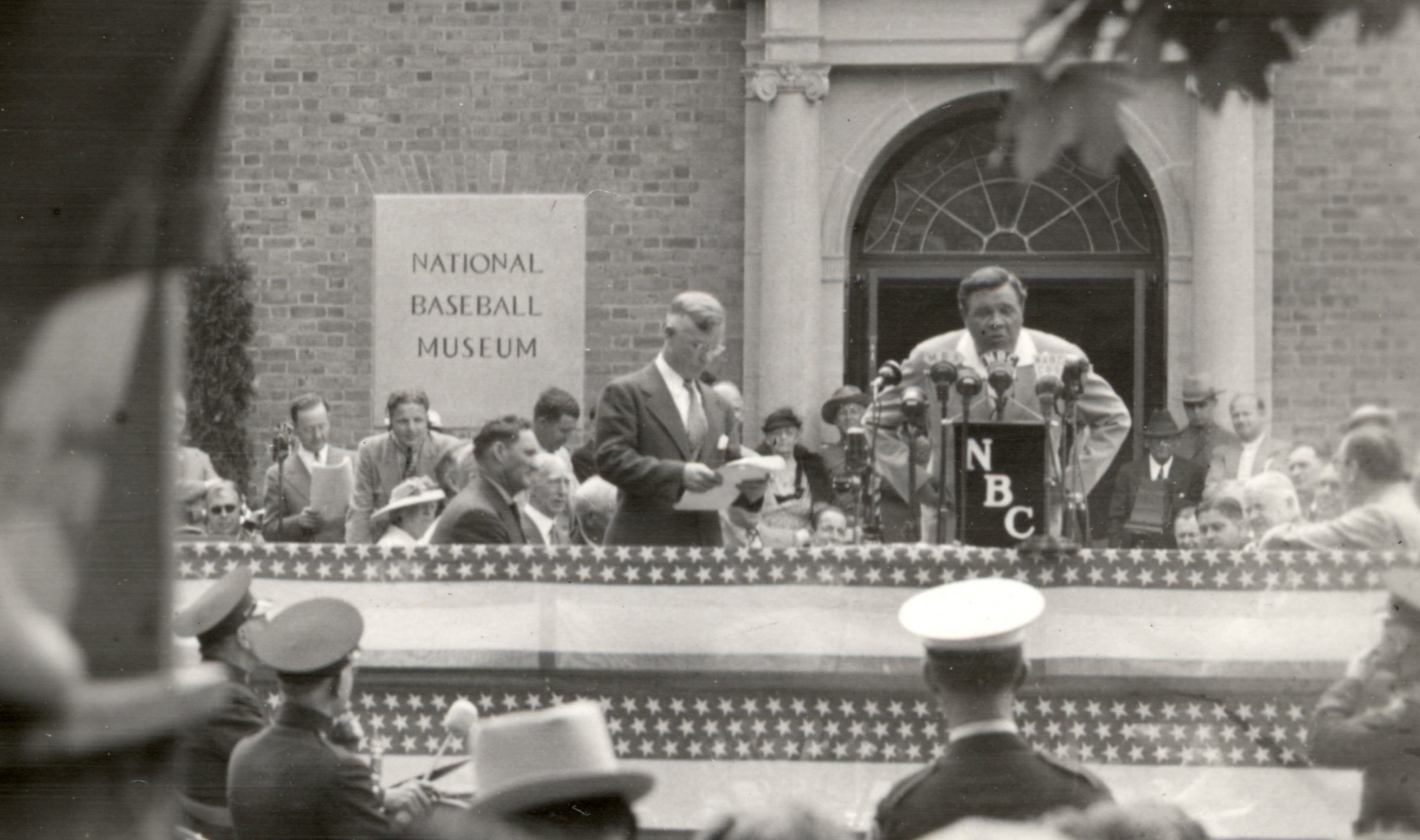
Greatness Defined
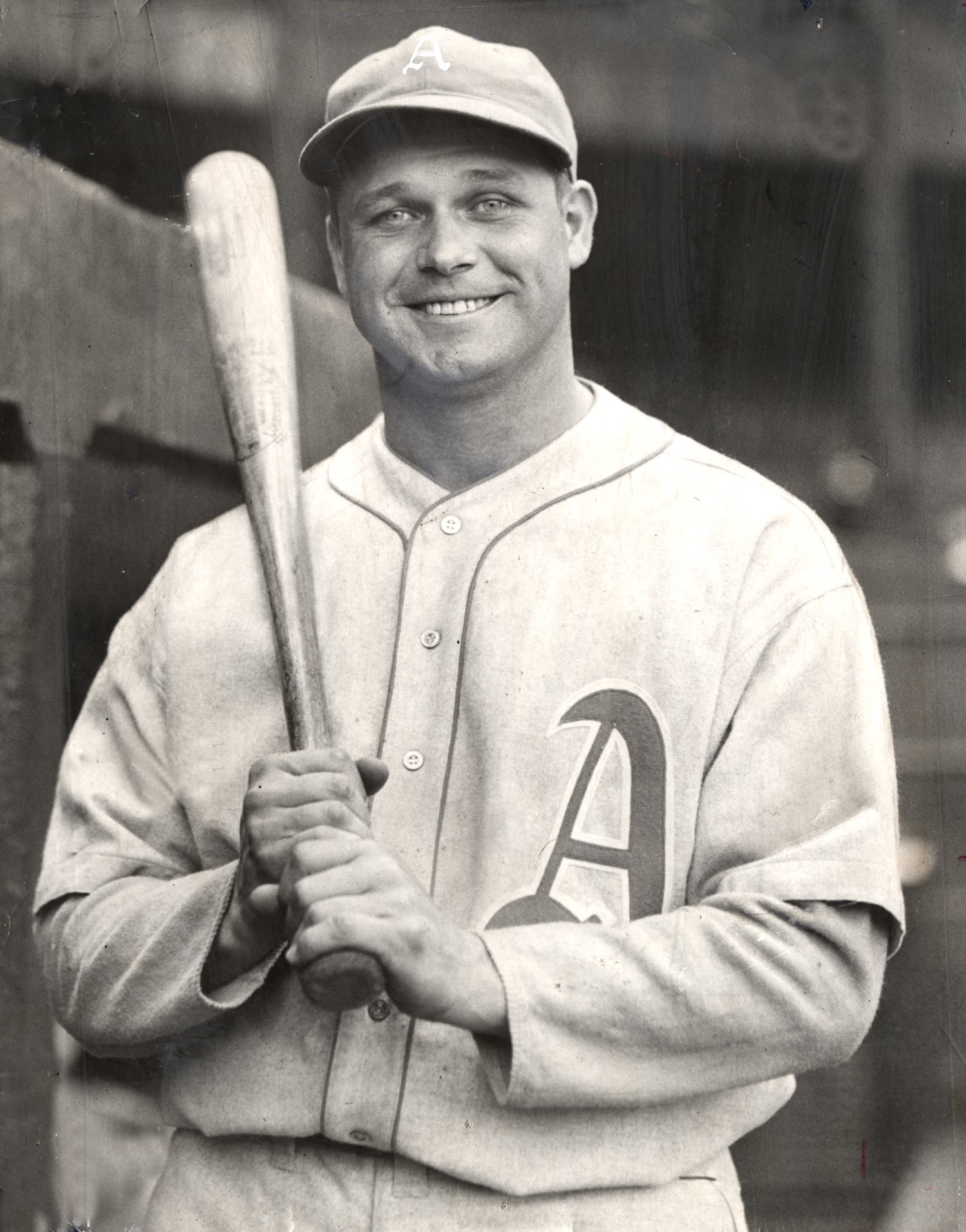
Jimmie Foxx hits for the cycle and drives in a then-AL record nine runs
Mentioned Hall of Famers
Related Stories
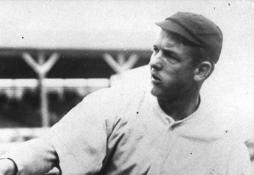
Mathewson Throws Third Shutout in Series to Take Title
Historic Photos, Documents of Inaugural Class of 1936 Featured in Museum’s Latest Additions to PASTIME

Rare Christy Mathewson bat added to Hall of Fame collection

Digital Archive Project Launches via PASTIME
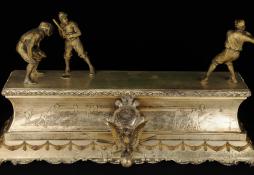
The Ultimate Loving Cups
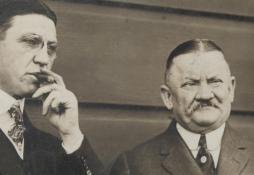
Gary Herrmann - A King in Queen City

Wagner taps into power to complete cycle

Tom Seaver Announces His Retirement
Historic Photos, Documents of Inaugural Class of 1936 Featured in Museum’s Latest Additions to PASTIME
01.01.2023
Writers Elect Four to the Hall for the First Time in 60 Years
01.01.2023

